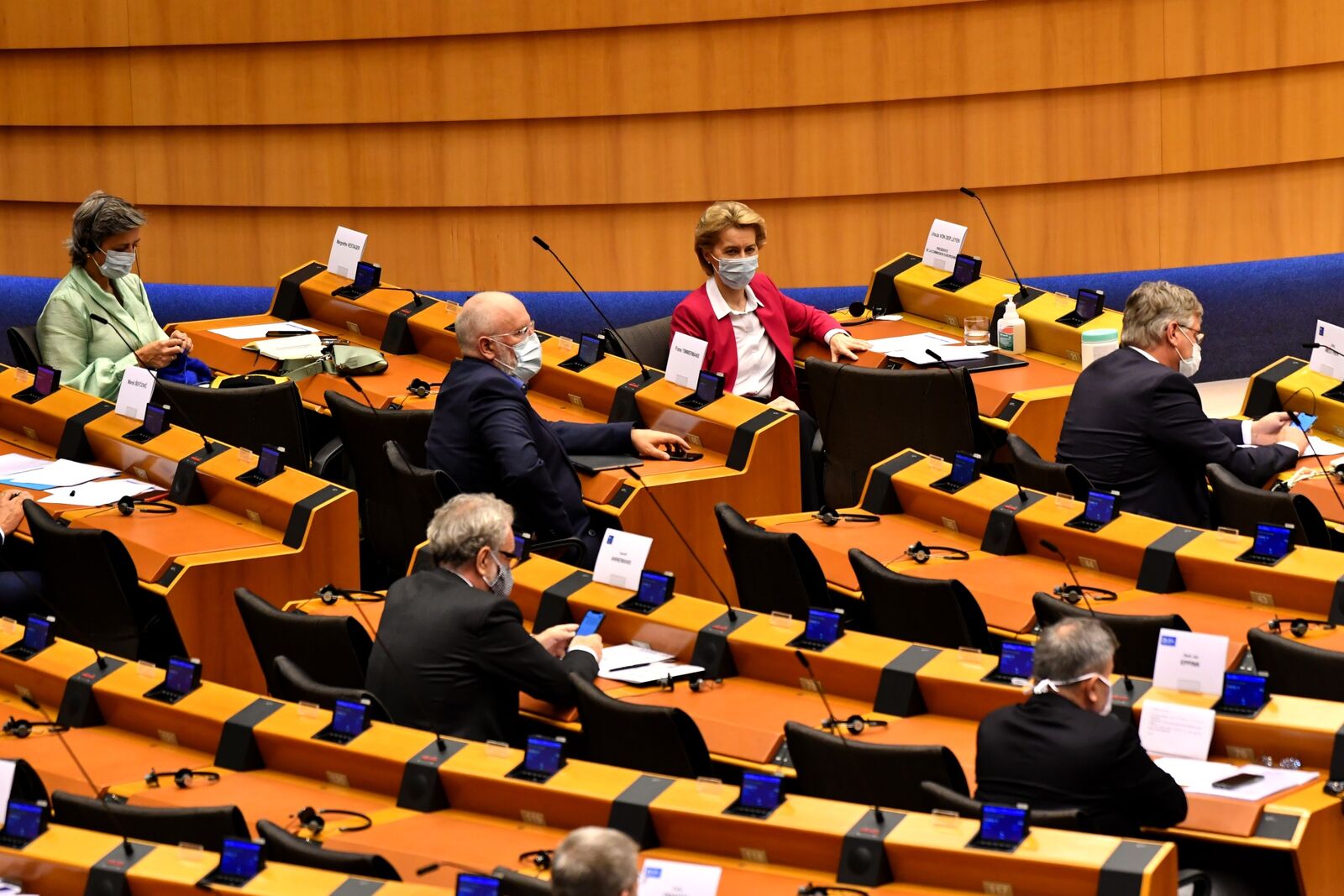The European Union has stepped back from the brink. Again. Unprecedented in nature and ambitious in scope, the 2.4 trillion euros ($2.6 trillion) in total recovery spending unveiled by the EU — anchored by 750 billion euros of joint debt issuance — has already started to calm jittery markets and it might just restore a sense of unity to a bloc under severe strain.
Facing its worst recession in living memory, the EU has crossed a new bridge: It will harness its collective strength to raise massive amounts of money that won’t need to be repaid by the recipient countries.
Countries in the EU still value their sovereignty and so the bloc has always evolved by dipping toes in the water, often in times of crisis, rather than diving straight in. But with the creation of the euro and handing over control of policy areas like competition and trade, bit by bit, decade by decade, governments have exchanged their powers for the sake of common power.
Leaders will begin haggling over the details when they convene on June 19 — perhaps even in person for the first time in months — and the process will likely involve its fair share of bickering as all European projects do. But that won’t detract from the radical nature of what is now on the table.

Ursula von der Leyen at the European Parliament in Brussels, on May 27.
Photographer: Geert Vanden Wijngaert/Bloomberg
“This is Europe’s moment,” European Commission President Ursula von der Leyen told the European Parliament in Brussels on Wednesday. “We either all go it alone, leaving countries, regions and people behind, and accepting a union of haves and have-nots, or we walk that road together.”
